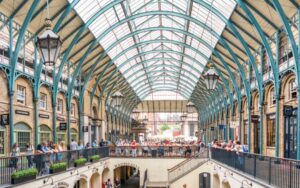18 Things I Wish I Knew BEFORE Visiting Italy
9 min readThis is a guest post by Abigail Dalton.
Italy is perfect for culture enthusiasts and nature lovers thanks to its artistic heritage, stunning landscapes and ancient history.
So when we had the opportunity to visit, we took it jumping. However, after spending eight weeks road-tripping around the country, we noticed that things work a little differently over there, like strange opening hours and tiny streets, limited breakfast options, and did you know gelato is not ice cream?!
For those of you heading there for the first time, here are some things I wish I had known before visiting Italy:
1. The Shops Are Not Open All Day
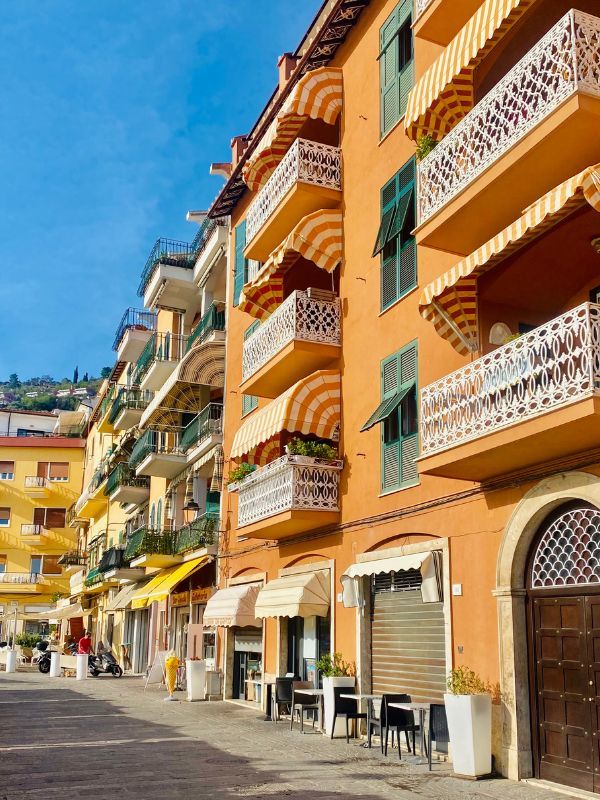
Most shops take a break during lunchtime and the afternoon, so it’s important to remember that when planning your day.
Usually, the shops close between 12pm and 3pm. So, make sure to schedule a little siesta time for yourself during this period. Instead, the shops tend to stay open later, generally closing around 7pm.
You won’t notice this so much in the bigger cities, like Milan, since they have adapted for tourists. It’s mainly in the smaller towns and villages.
It’s also important to know that if you plan to travel away from the cities, you’ll find most shops and even restaurants are closed on Sundays and Mondays throughout the day. I would recommend checking opening hours to ensure you’re not disappointed, even in the cities!
2. Restaurants Have A Cover Charge (Coperto)

It is customary for restaurants in larger towns and cities to add a cover charge to your bill, known as Coperto. We found it to waver between €1 and €5 per person depending on where we were. That said, we didn’t get charged all the time, either.
However, the Coperto charge is a part of the Italian dining culture and is often included in the final bill. It’s also applied to the table and not per dish.
The purpose of this charge is to cover the cost of the bread basket, which the waiter will usually bring straight out to you, and other pre-meal appetisers, such as olives, biscuits and crispbreads.
Therefore, checking your bill is important to avoid double charges. It’s worth noting that due to the Coperto, tipping is not necessary for Italy. You can always tip more if you feel your meal and service were exceptional; I’m sure your waiter wouldn’t say no!
3. For Cheap Eats, Go To The Osterias

The osterias are Italy’s version of traditional, comfortable, usually family-run restaurants that provide affordable dining options.
These establishments are everywhere throughout the country and are often characterised by their cosy, rustic ambience and simple yet flavorful menus, often featuring family recipes.
We loved them and found them to have a warm vibe, delicious food, and authentic Italian charm.
4. Coffee Is An Espresso
When you’re in Italy and want to order a coffee, it’s important to know that if you simply ask for a coffee, you’ll be served an espresso, and lattes don’t exist.
In addition, it’s worth noting that coffee culture in Italy is quite different from what you might be used to at home. It’s common to drink coffee while standing at a cafe bar rather than sitting down.
Also, we noticed Italians often drink espresso with a pastry in the morning, and instead of having a normal large coffee after a meal, they prefer a small cup of strong espresso.
Ultimately, the best tip I can give you is to adjust your expectations and embrace the unique experience of enjoying a rich, flavorful espresso in a cosy Italian cafe.
5. You Won’t Find Breakfast On Italian Menus

Another thing I wish I had known before visiting Italy is that they don’t do breakfast like we do. Mind-blowing stuff, I know!
In the beginning, we’d head out to wander the streets, trying to find a cafe that served breakfast. It wasn’t long until we discovered that the only options were espresso and pastries.
Remember this for your next trip, and book hotels that include breakfasts while enjoying dinners instead!
6. Dinner Is A Slow Experience

Dinner in Italy is served late, usually from 7 pm onwards. Some restaurants only open for a few hours in the evening.
It’s a slow experience to be enjoyed and not rushed, and typically lasts two or more hours. There are generally five courses to choose from: Antipasto, Primi, Secondi, Contorno and Dolce. Ultimately, you’ll only need to order two, but it’s a fun affair if you feel like more.
There is also the Apertivo. Apertivo generally opens the meal, and it’s kind of like what we would call pre-dinner drinks with snacks like olives, crisps and nuts,
7. There Are Free Water Fountains

There are water fountains scattered throughout the country. It’s basically free drinking water, fresh from natural springs. These fountains were a great convenience, especially when we were hiking and exploring the outdoors.
It was a relief to be able to refill our bottles with fresh, clean water. We noticed that these fountains are even more common in the northern regions of Italy, making it easy to grab a fresh drink while on a hike.
8. The Streets Are Cobbled And Very Uneven

Italy is known for its ancient architecture, which can be found all over the country. Everywhere you go, you can see the imprint of ancient Roman architecture, including stone roads and narrow winding alleyways.
This has made it a destination of timeless elegance and beauty. However, this also means that the streets can be pretty uneven, with most of them being cobbled lanes or rough stones that make walking a bit of a challenge.
Exploring most cities in Italy on foot is a must-do activity, and even outside the city, we found beautiful stone villages built on hilltops that required us to walk to get there. So, be sure to pack comfy shoes!
9. Italy Is A Tourist Hotspot

Italy is undoubtedly one of the top tourist destinations in the world; it draws millions of visitors every year. You’ll find the country is swarming with tourists during peak season, which falls between May and August, so I suggest avoiding this time if you’re anything like us and not fond of crowds!
However, planning a trip to Italy from late September to October is an excellent idea if you prefer to avoid the crowds; this is when we visited.
The weather is still pleasant, but the crowds are much thinner. We found the temperature from September to October to remain around the mid-20s (80 F), with temperatures beginning to fall by November.
It’s worth noting that some of Italy’s most popular destinations, like Cinque Terre, the Amalfi Coast and Florence, are still relatively busy during this period.
That said, with fewer tourists overall, you can still enjoy a more relaxed atmosphere than you would during peak season.
10. Book Tickets In Advance

For popular, more sought-after attractions, such as Florence’s Duomo, booking tickets in advance is essential. You can do this on official websites or through booking platforms, but don’t do as we did and not pre-book; otherwise, you’ll miss out.
Keep in mind even in the off-season, you’ll need to book tickets in advance.
11. Religious Places Have A Dress Code
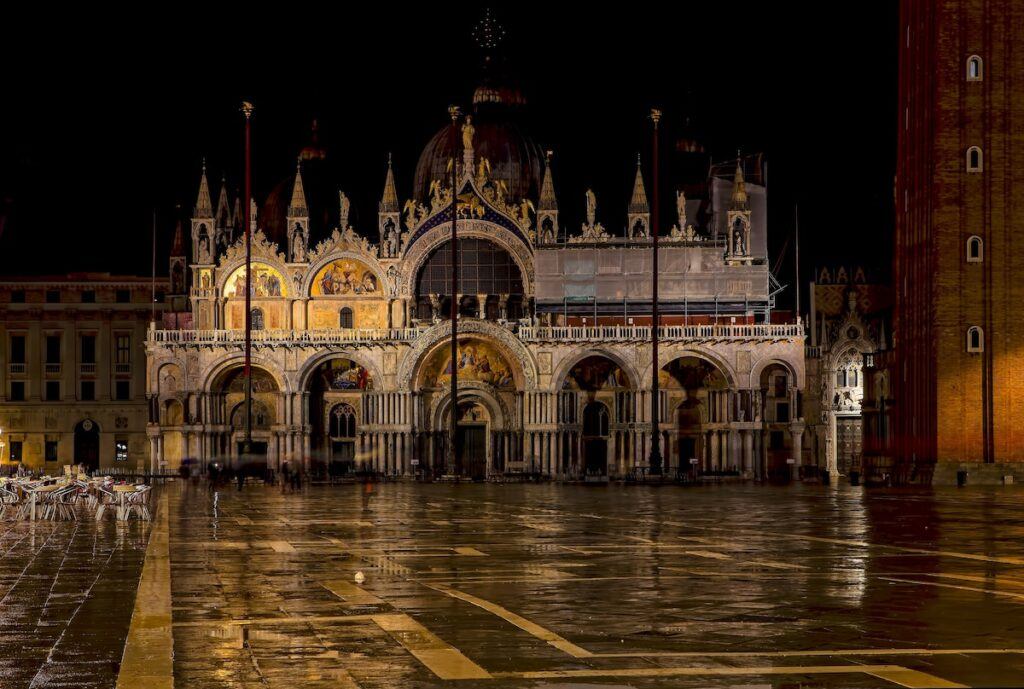
As with most places in Europe, it’s respectful to cover your shoulders and dress appropriately when visiting religious sites. It’s important to bear this in mind if you’re planning to visit a cathedral, for example, since you will be denied access if not dressed appropriately.
12. Italians LOVE IT When You Speak Italian

I love learning a new language for when I’m travelling to a new country, even if it’s only a few simple words; I think it’s fantastic. Italians feel the same; maybe because their language is slowly dying out when you speak to them in Italian, they love it.
I think knowing a few easy words and phrases like “I’d like to order”, “nice to meet you”, “thank you”, and “goodbye” goes a long way.
- How are you = Come stai
- Nice to meet you = Piacere
- I’d like to order = Vorrei ordinare
- Thank you = Grazie
- Goodbye = Arrivederci
13. Car Rentals Need To Be SMALL

If you’re planning a trip to Italy and thinking of renting a car, it can be a fun and memorable experience, but make sure you stay away from large vehicles!
The roads in Italy are teeny weeny, particularly in the cities and smaller towns. This means that navigating through the streets can be a bit of a challenge, and it’s hard to manoeuvre in anything significantly larger than a compact car.
We suggest a Fiat 500 for a bit of Italian fun! This iconic car is known as Italy’s flagship car and is perfect for zipping around the narrow streets. It’s small, easy to manoeuvre, and will allow you to immerse yourself in the Italian way of life.
14. Taxis Are Expensive
Generally, we suggest using public transport when travelling abroad and solo. It’s a fun way of experiencing local life and easy on the wallet. If you do prefer taxis, just know that Italian taxi drivers are known to bump up fares and take longer routes.
If you can find out roughly how much your journey should cost you from your hotel or restaurant, you’re less likely to be duped; if you can, agree on a price before you get in. You can also track your journey on your phone’s map to make sure you’re not taking unnecessary turns.
15. Take Cash For Markets

The majority of market stalls have begun accepting card payments. However, it’s important to keep in mind that not all of them have enabled this, so it’s best to have some cash on hand.
If you’re comfortable negotiating prices, it’s also worth knowing you can usually get a better deal by paying with cash.
16. Italy Is A Hikers Dream
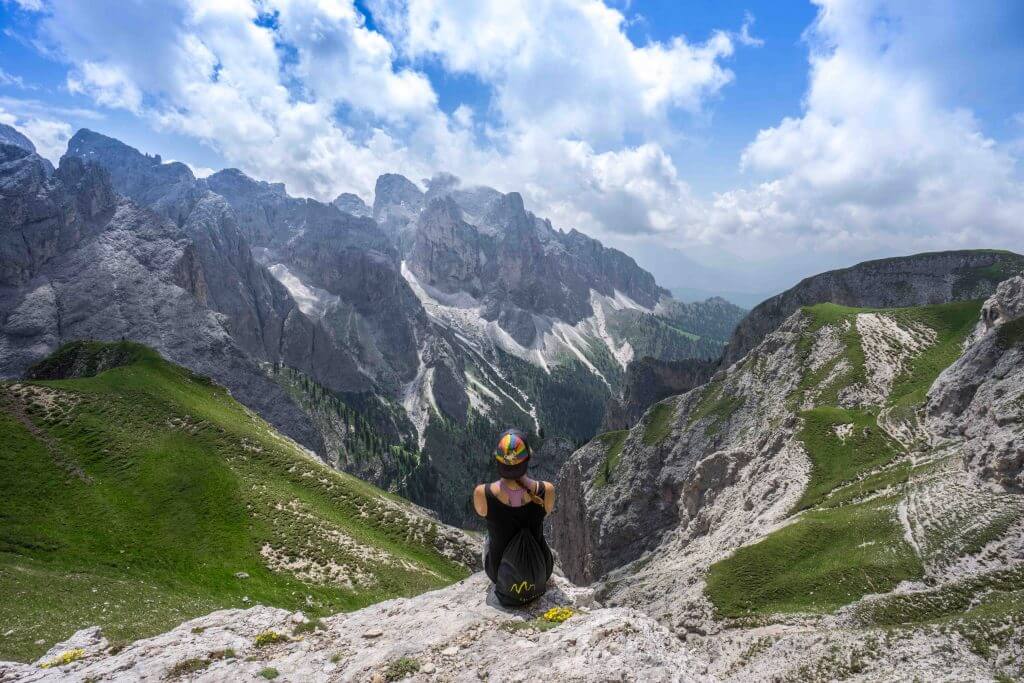
Italy is a country that has an incredible range of natural beauty, including loads of national parks and hiking trails; it’s not all vineyards and ancient cities! Many of the ski resorts in the northern region transform into sunny woodlands and meadows, perfect for hiking in the summer months.
Mountains aside, Italy’s rocky terrain is home to numerous hiking trails and stunning coastal paths worth exploring. Italy’s coastline is picturesque, offering spectacular views of the sea.
One particular trail that is popular with visitors is the Amalfi Coast’s Path of the Gods.
17. Italy Is Best Explored On A Road Trip
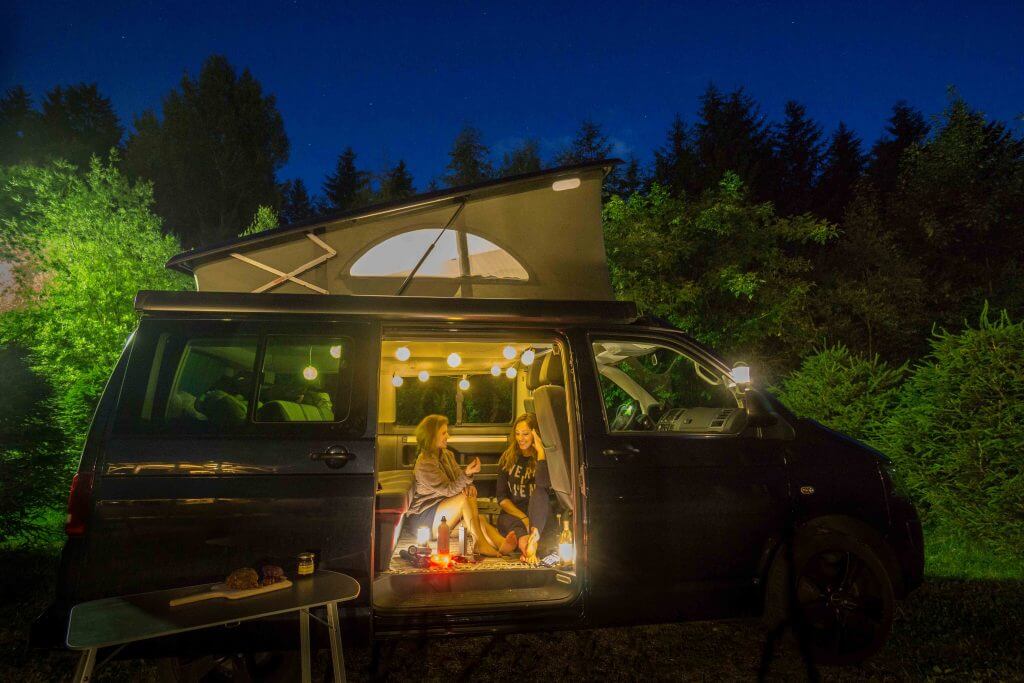
Before visiting Italy, I already knew that we were going to have a fantastic road trip, but it really was incredible. Despite the narrow roads, our road trip to Italy was an awesome experience that we will never forget.
You don’t need to go all out and take a campervan to enjoy a road trip in Italy, either. Renting a car for a few days is also worth considering, especially if you want to explore the rural areas.
Keep in mind the price of the toll roads if you head on the motorways and petrol was also more expensive than we expected.
Also, the road signs in Italy are quite confusing at times, so brush up on your skills.
18. Italy Is Full Of Abandoned Buildings
Finally, the last thing we weren’t prepared for when visiting Italy was the amount of abandoned buildings. Before we left, we heard that whole villages and towns were becoming deserted and that the government was implementing strategies to attract young families, such as paying large sums of money. Still, it wasn’t enough to prepare us for just how bad the situation was.
It’s a sad truth and something you’ll undoubtedly notice once you leave the big cities.
At times, we saw huge stunning mansions left derelict, falling apart right next to five-star hotels with beautifully manicured gardens; back in the day, these abandoned buildings would have been just as grand, and it was hard to ignore the stark contrast.
Why is this happening? As Italy’s younger population moves into the cities, these areas are left deserted, and Italy is also facing a population decrease. Visiting these areas as tourists can be exciting, although it’s not good news for Italy’s economy.
***
Italy, as ancient as it is, always seemed to surprise us. It’s a stunning country, and with all these tips, I’m sure you’ll have an amazing experience.
About the author: Abigail Dalton is the travel writer behind I’m Going on an Adventure. She focuses on world travel and outdoor adventure, relating firsthand experiences to help her readers plan their perfect travel and make the best memories



